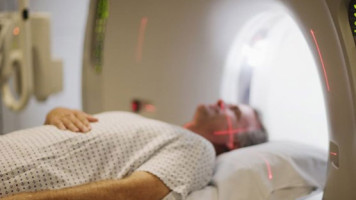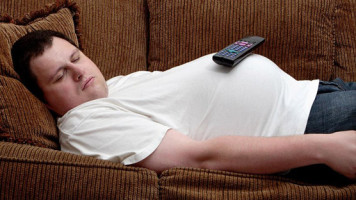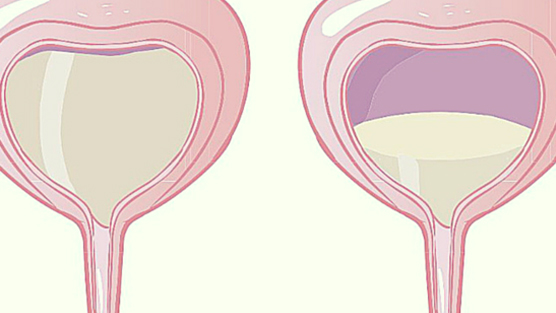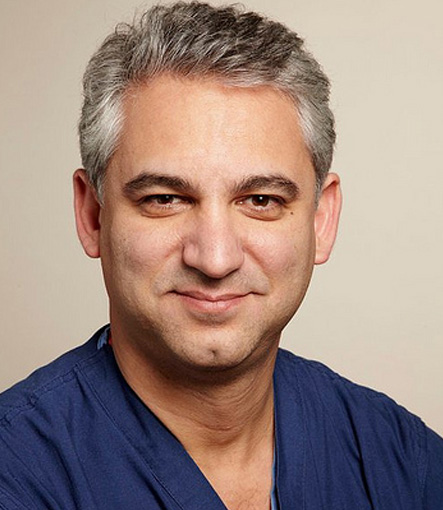What Is An Overactive Bladder (OAB)?
Overactive bladder (OAB) is a condition that is characterized by the sudden, involuntary contraction of the muscle in the wall of the urinary bladder. This results in a sudden, compelling need to urinate that is difficult to suppress (urinary urgency), even though the bladder may only contain a small amount of urine. The key symptom is sudden urge to void (urgency) with or without urgency urinary incontinence, often associated with urinary frequency (voiding 8 or more times per day) and nocturia (awakening one or more times at night to void). It’s estimated that about 33 million Americans have overactive bladder. As many as 30% of men in the United States live with OAB symptoms, but the real number of people with OAB is most likely much larger.
Symptoms
The most common symptoms of an overactive bladder include:
- Urgency – This means that you have a sudden urgent desire to pass urine. You are not able to put off going to the toilet.
- Frequency – This means going to the toilet often – more than seven times a day. In many cases it is a lot more than seven times a day.
- Nocturia – This means waking to go to the toilet more than once at night.
- Urge Incontinence – occurs in some cases. This is a leaking of urine before you can get to the toilet when you have a feeling of urgency.
What Causes An Overactive Bladder?
The cause of the condition is unclear, although it has been linked to over activity of the detrusor urinae muscle. Additionally, some other health conditions may predispose men to an overactive bladder. There are also some substances that may lead to an overactive bladder. Caffeine and alcohol are both substances that lead to more frequent urination and may cause the condition.
Diagnosis
If you have an abnormal urge to urinate, your doctor will check to make sure that you don’t have an infection or blood in your urine. Your doctor may also want to make sure that you’re emptying your bladder completely when you urinate. Your doctor will look for clues that might also indicate contributing factors. The work-up will likely include a:
- Medical history
- Physical exam, focusing on your abdomen and genitals
- Urine sample to test for infection, traces of blood or other abnormalities
- Focused neurological exam that may identify sensory problems or abnormal reflexes
Treatment
There are a number of treatments to help manage OAB. Your healthcare provider may prescribe treatment to help you manage your symptoms, or you may be referred to a specialist, such as a urologist, for treatment.
Treatment choices for OAB include:
- lifestyle changes
- medical and surgical treatments
- managing leakage with products and devices
- behavioral interventions
No single treatment is right for everyone. Your healthcare provider may use one treatment alone, or several at the same time. You and your healthcare provider should discuss each treatment choice.






